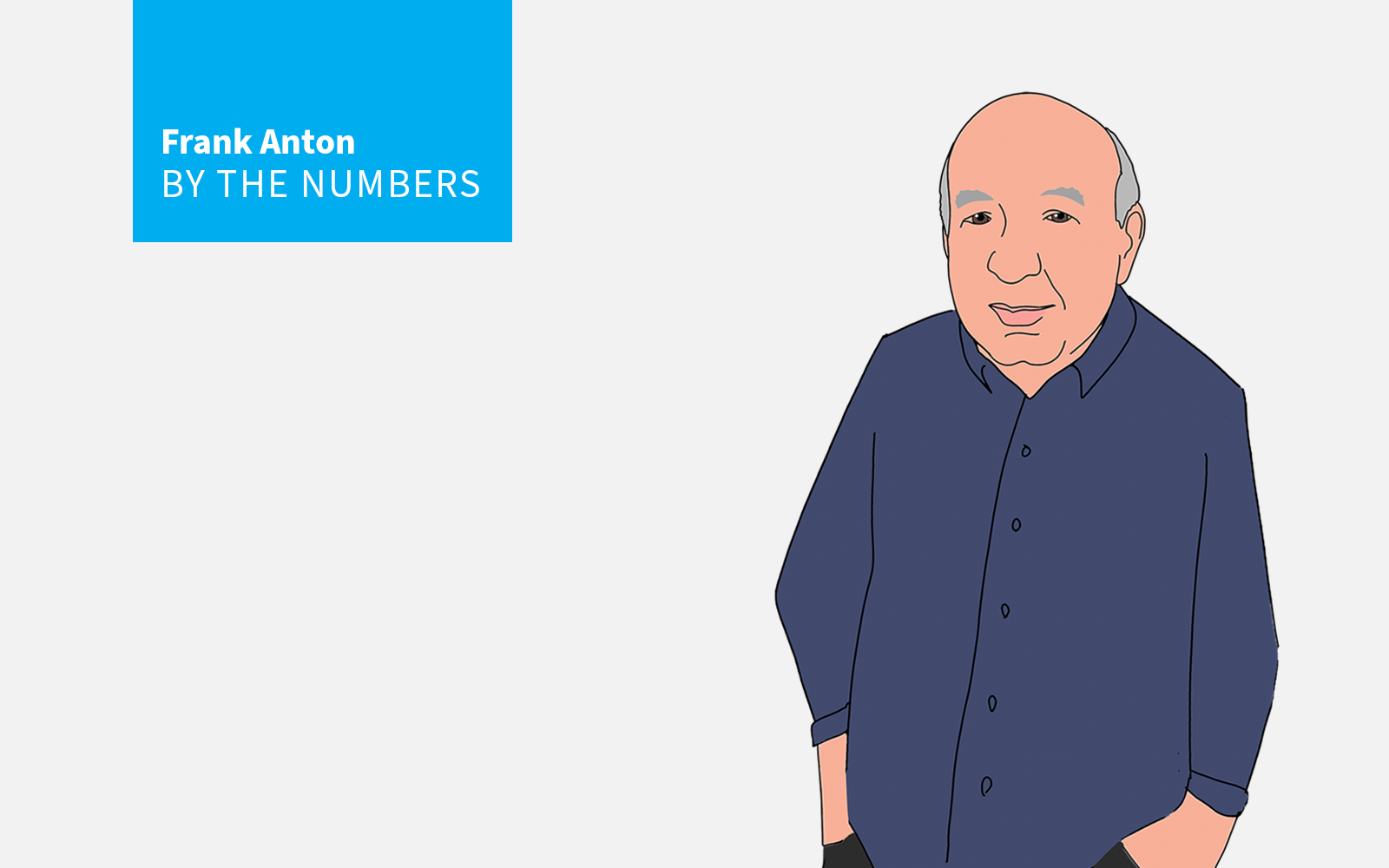Leadership
Sooner Or Later? A Housing Icon Reads The Tea Leaves And Asks
Frank Anton — a lifelong student of history, and a career-long witness to five of America's boom-and-bust housing cycles — sees a correction coming. Let's engage with him as he runs the numbers on when.

100%
Yes, I am 100% sure these very happy days for the housing industry (1.6 million housing starts last year!) will sooner or later come to an end. I’m just not sure when. Will it be sooner, say in the next 12 to 15 months, or later, say by the end of next year or beyond?
So bear with me as I try to figure that out by looking at numbers that each, in one way or another, help answer the question of when the shoe will drop. And the shoe for housing always does drop. Whether it's the late 1950s, the late ‘60s, the mid-‘70s, the early ‘80s and ‘90s, and of course in 2008.
So let’s start with the number 4.
That’s the number of times the Federal Reserve Board is expected to raise the Federal funds rate this year in response to inflation reaching the highest level in the last 40 years. As Robert Dietz, NAHB’s puts it “higher rates will make housing less affordable…reducing momentum for single-family construction.”
Score one for sooner.
But wait a minute. I attended a conference this week with 40 CEOs of the largest home building, building product manufacturing and product distribution firms. They were asked how they saw 2022 shaping up. All 40, every single one of them, in so many words said this year would be fantastic.
Score one for later.
What about $30 billion?
Well then if those housing honchos are right why did the collective market cap of the public home building firms decline by $30 billion in January. Clearly investors were spooked by higher mortgage rates and and the industry’s very real supply chain problems.
A vote for sooner.
Yes, the supply chain problems are so serious that 75% of public homebuilders are capping new home sales. Nonetheless the new home pending sales index is still 26% higher than the pre-pandemic high set in February 2020. That hardly signals a slowdown is coming soon.
A vote for later.
How about that 17% drop?
Yes, but it can’t possibly be a good news for housing when the percentage of home buyers who say they want to buy a new home versus an existing home has declined from 42% to 25% in the last 2 years.
Sooner picks up another vote.
Good news or bad that shift in buyer preferences hasn’t much discouraged builders. When asked to rate market conditions for the next 6 months, NAHB builder members gave the for-sale market an 83 rating, which is pretty close to a B+ and a long way from signaling an imminent market collapse.
A vote of confidence for later.
Well you might want to ask about those rising interest rates. Won’t they reduce affordability? Yes, they will. The anticipated 1% increase in rates will drive up the average monthly payment by a not-insignificant $125.
I can see the slowdown coming.
But maybe that $125 increase really isn’t that significant, particularly for existing homeowners who collectively have seen the value of their homes double to $43 trillion in the last 10 years. In last year alone the value of existing housing increased by $6.9 trillion dollars. That created a huge amount of home equity to play with.
Chalk that up to later.
I’ve saved the worst bad news for last, and it’s a double whammy. About 77% of home buyers and home sellers believe there’s a housing bubble. Moreover, according to Fannie Mae’s home purchase sentiment survey, only 26% think it’s a good time to buy a house. Which happens to be a record low.
Time to hit the brakes.
The 4-million home deficit?
However, because the housing industry’s 2008 collapse triggered the Great Recession, housing activity during the second decade of this century was historically low. As a result and according to Fannie Mae there’s now in fact a 4 million unit shortage of housing, including both for sale and for rent units. Demand will outstrip supply for some time to come.
Time to hit the gas.
That’s a lot of on-one-hand-or-the-others to consider in trying to decide if housing activity will slow down sooner or later. Housing economists are almost unanimous in predicting it will be later. Most think housing housing starts this year will reach around 1.6 million units, which is in line with last year. But then most of them didn’t see 2008 coming, and in fact forecast a soft landing for housing, not a train wreck.
I guess I lean a little to sooner than later. But here’s your chance to weigh in on the question. Vote here. The results will revealed in an issue of The Builders Daily next week.
Join the conversation
MORE IN Leadership
Certainty Sells Homes: Simplicity As A Spring Lifeline
Buyers are nervous—and uncertain. Builders who embed clarity, trust, and insurance upfront gain an edge. Exclusive insights from Westwood Insurance Agency’s Christine Geeslin show why radical simplicity is no longer optional.
Tariffs, Land, A Turning Tide: Private Builders Reclaim Ground
Post-tariff fallout creates a rare opening for nimble private builders to seize deals public giants walk away from.
Warren Buffett’s Timeless Wisdom: A Blueprint for Builders
In his final shareholder meeting (as CEO), Warren Buffett emphasized long-term thinking, humility, and trust—principles that resonate deeply with homebuilding professionals facing today's market challenges.
